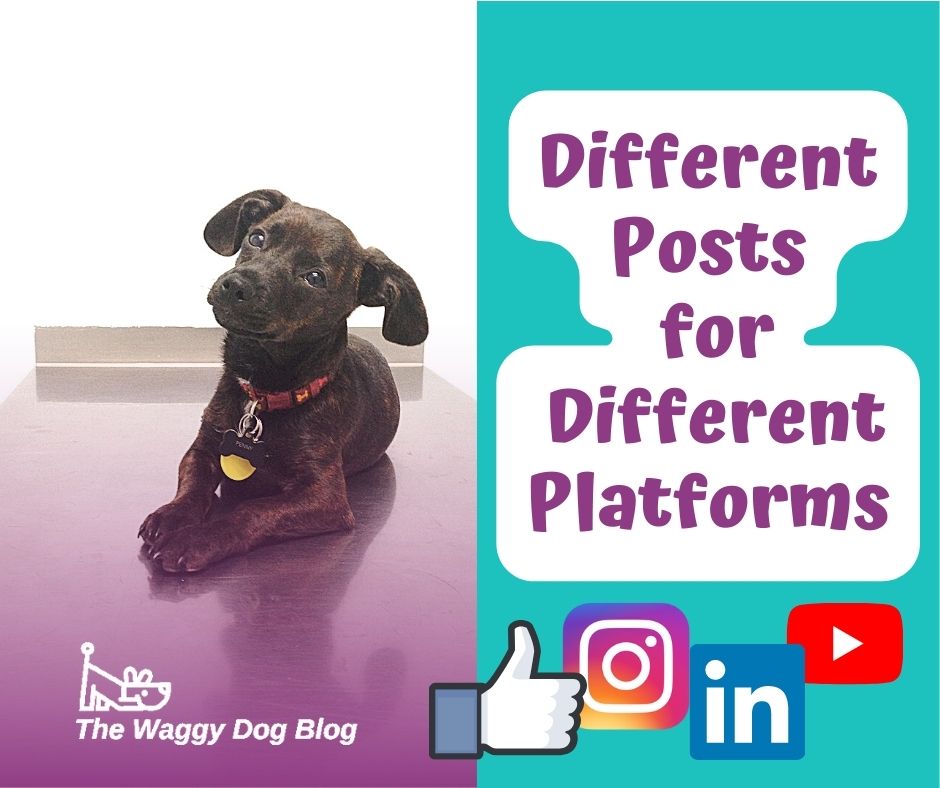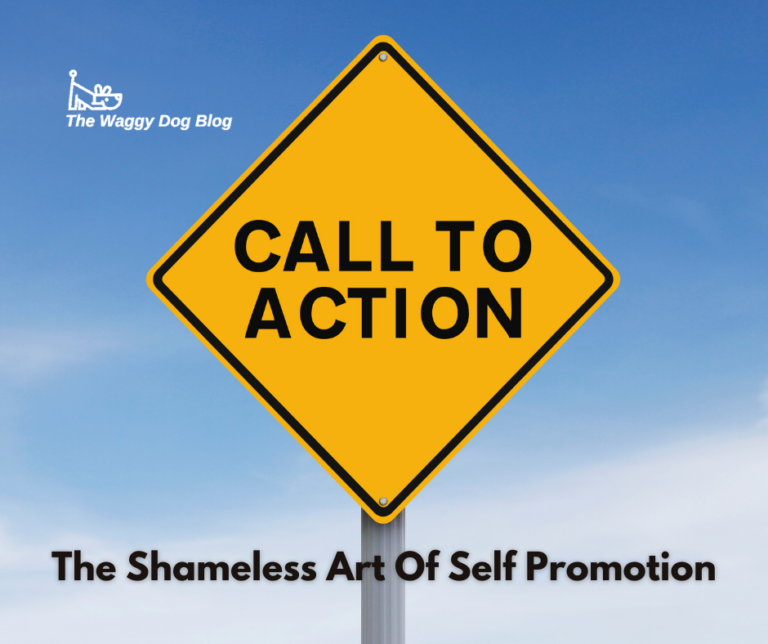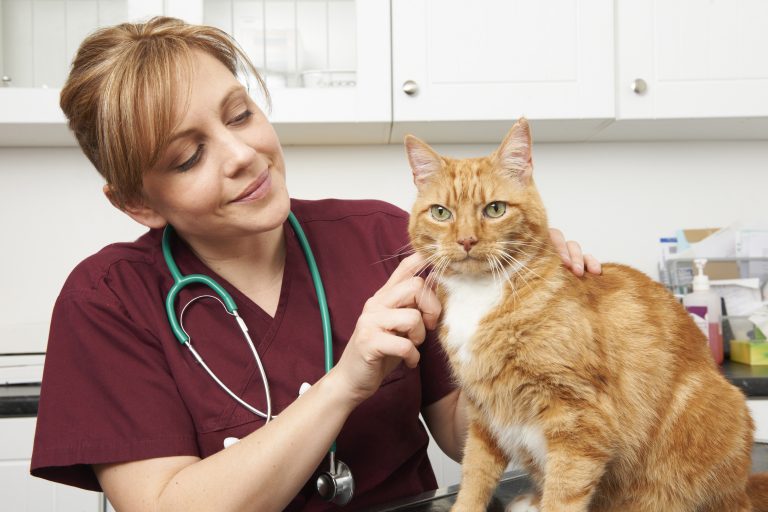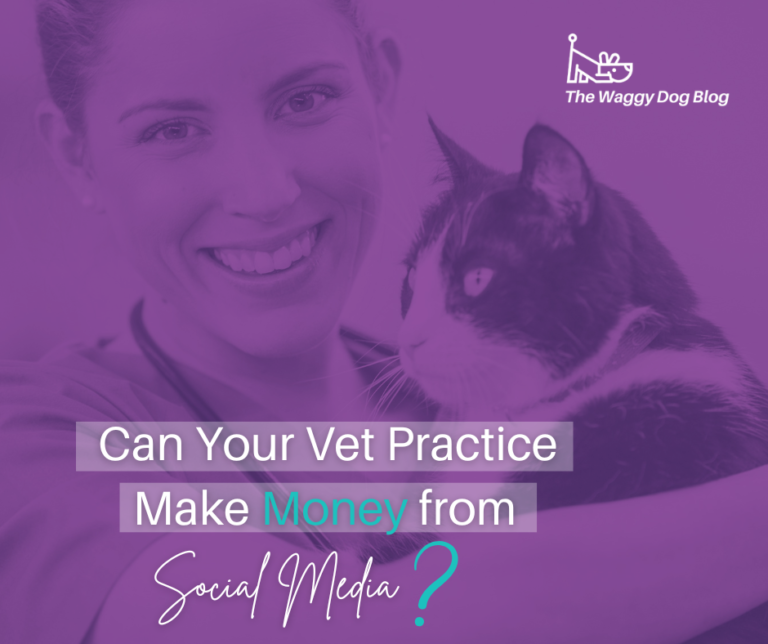
With a variety of social media platforms available to choose from, it’s important for businesses to recognise the intrinsic differences between them and the type of content that resonates with their own particular audience.
Most veterinarians post exclusively on Facebook and Instagram, however with video marketing on the rise, platforms such as TikTok and YouTube are also becoming more popular. In response, Facebook and Instagram have quickly jumped onto the bandwagon with Reels.

I want to be very clear that veterinary practices do not need to post on a multitude of social media platforms. Instagram and Facebook are usually more than adequate, given the visual and educational nature of our content. Photos of cute patients and smiling team members still top the list of the most engaging posts for vets.
If you do have a team member who is handy with a camera, then videos will certainly add variety and interest for your followers. The key is to keep them short (under 1 minute) so that they can be shared as posts, stories or reels, or on TikTok.
Longer, educational type videos are better suited to YouTube, although you will want them to be more professional looking in their production.
Here are my suggestions for veterinary practices:
- Although it is used by all age groups, your content should pass the ‘senior citizens’ litmus test. Stick to wholesome, cute and educational content and avoid controversial topics or snarky memes.
- Unlike Instagram, Facebook allows you to share external links in your posts. This opens up a whole realm of potential content if you want to link to good news stories or posts from veterinary specialists. I often check the feeds for emergency vets that are affiliated with my clients’ practices, as they frequently post interesting cases and safety messages.
- Facebook has a whopping seven emoji reactions for your followers to choose from. Use this to your advantage by sharing polls and asking your followers to vote with an emoji. This also helps to drive up engagement.
- Perfect for patient photos and infographics.
- The carousel features allow you to create multiple images in a slideshow format.
- You cannot share posts to your feed, only via direct message.
- There is only one reaction emoji and the option to comment, so this platform has fewer interactive options than Facebook.
- A B2B and professional networking platform, LinkedIn is more suited to veterinary specialists or pet businesses who are seeking referrals from other vets and industry professionals.
- Content tends to be less ‘fluffy’ and lends itself more to news articles, industry achievements, expertise, team announcements and clinical innovations.
TikTok
- Short videos which are largely for entertainment purposes.
- Easy to capture snippets on a phone camera and upload directly to the platform.
YouTube
- Longer videos which are more educational and informative.
- Professional production quality is recommended.
- Not as relevant for vets unless you are a blog writer or industry commentator. Suitable for social commentary, news, political change or activism.
Whichever platforms you choose, try not to be all things to all people. It is better to focus on two or three social media platforms and create quality, relevant content, than to spread yourself too thin and fail to resonate with your audience.









